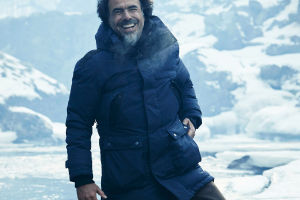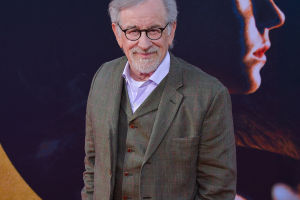Have you ever wondered how directors can take us on an emotional rollercoaster with nothing but light, movement, and sound? The art of filmmaking goes far beyond just actors and scripts.
Directors use an array of visual and auditory techniques, like camera angles, composition, color, and lighting, to shape the narrative and evoke emotions.
By understanding how these cinematic elements work, we can appreciate the full extent of storytelling in film.
1. The Role of Camera Angles and Movement
The camera is often described as the "eyes" of the audience, but it's much more than that. It's a tool that can manipulate what we see, how we see it, and even how we feel about what's happening. Directors use various angles to control perspective and guide the audience's attention.
For example, a high-angle shot makes the subject appear vulnerable or insignificant, while a low-angle shot can make them seem powerful or intimidating. Close-ups draw attention to subtle details, often emphasizing emotions, while wide shots can set the stage, providing a sense of scale or isolation.
Movement also plays a huge role in the storytelling process. A slow zoom can create tension, while fast-moving camera shots or tracking shots may increase the intensity of a scene. Directors use these techniques to let us “feel” the narrative instead of just observing it passively.
2. Composition: Framing the Story
Composition in film is all about how elements within the frame are arranged. Every decision a director makes regarding what is included in the shot can influence the viewer's understanding of the scene.
Rule of Thirds is a basic principle often used by directors to create balance. By dividing the frame into a 3x3 grid, important elements are placed at the intersections or along the lines. This can give the image a natural sense of harmony.
A director may also choose to position characters off-center to create a sense of unease or to suggest they are isolated from their surroundings. In addition, the use of negative space (empty space around the subject) can convey loneliness or emphasize the significance of the subject. This careful manipulation of space within the frame is crucial for creating emotional resonance with the audience.
3. Lighting and Color: Shaping Mood
Lighting is another powerful tool for storytelling. It can subtly influence the mood of a scene, and directors are often meticulous in their lighting choices. High-key lighting (bright, even lighting) can create a light, happy, or innocent atmosphere, while low-key lighting (dark and shadowy) can make the scene feel ominous or mysterious.
The way light is directed also plays a role. For instance, backlighting can make characters seem more heroic or divine, while side lighting may highlight their flaws or create dramatic shadows.
Then, there's color. Each color has its own psychological connotations. Warm colors like red, orange, and yellow can evoke feelings of passion, anger, or energy, while cool colors like blue and green often represent calmness, sadness, or tranquility. Directors often use color palettes deliberately to underscore the emotional tone of a scene. The contrast between colors—such as a character dressed in dark colors against a bright, colorful background—can also signify internal conflict or tension.
4. Sound Design: More Than Just Music
While we often think of sound design as just music or sound effects, it's much more integral to the emotional fabric of a movie. Music can heighten suspense, amplify joy, or enhance sadness, depending on how it's used.
In addition to music, directors use ambient sounds to make the world feel more immersive.
For example, the sound of a ticking clock can build tension in a thriller, while a faint breeze can create a peaceful, serene atmosphere in a drama.
Silence can be as powerful as sound. In moments of intense drama, silence heightens the emotional stakes, forcing us to focus on the characters' actions or the tension in the air. A well-timed pause or lack of sound can leave the audience hanging on the edge of their seats.
5. Creating Emotional Connections: The Power of Empathy
Ultimately, a director's role is to evoke an emotional response from the audience. They create characters that we can relate to, invest in, and feel for. But this connection isn't solely based on acting alone. Through their technical choices—camera angles, lighting, composition, and sound—directors shape how we view the characters and the emotions they're experiencing.
A director may choose to show a character's face in extreme close-up to emphasize their vulnerability or use a long shot to make them appear insignificant. The framing of a character's relationships with other characters, through positioning or color choices, can also communicate a lot about their emotional state.
By carefully crafting the narrative, directors can subtly manipulate our feelings—drawing us closer to characters, encouraging empathy, or creating moments of tension that keep us at the edge of our seats.
Conclusion: A Director's Unseen Influence
When we sit down to watch a movie, we may not always consciously notice the role that the director's techniques play in shaping our experience. But from the subtle camera movement to the evocative lighting, everything we see and hear has been thoughtfully constructed to tell a deeper story.
By using these tools, directors can take us on journeys of joy, sorrow, tension, and exhilaration. So next time you watch a film, take a moment to notice the details—the techniques that are working behind the scenes to move you. You might find that the art of filmmaking is far more complex and impactful than you ever imagined.


